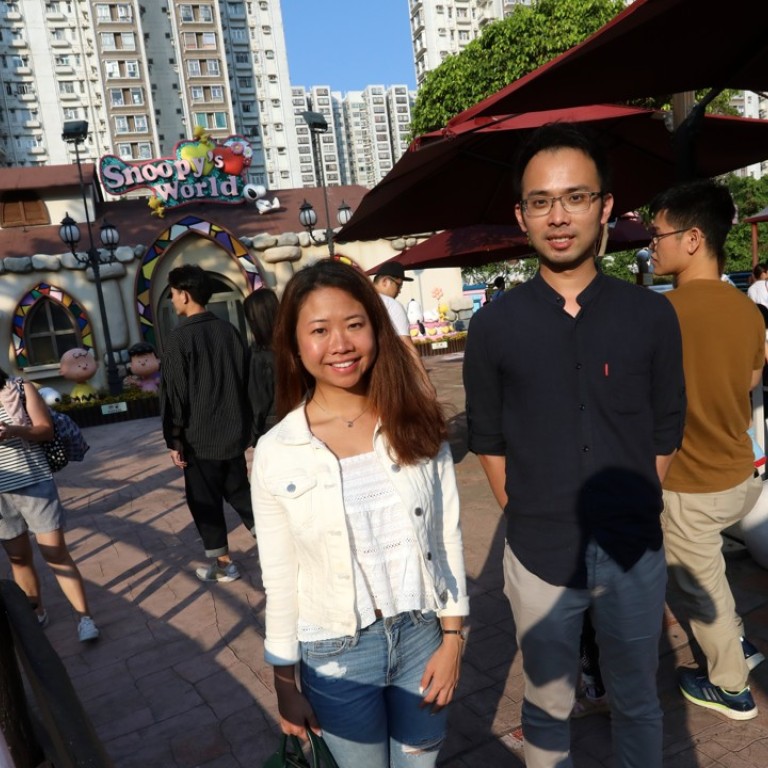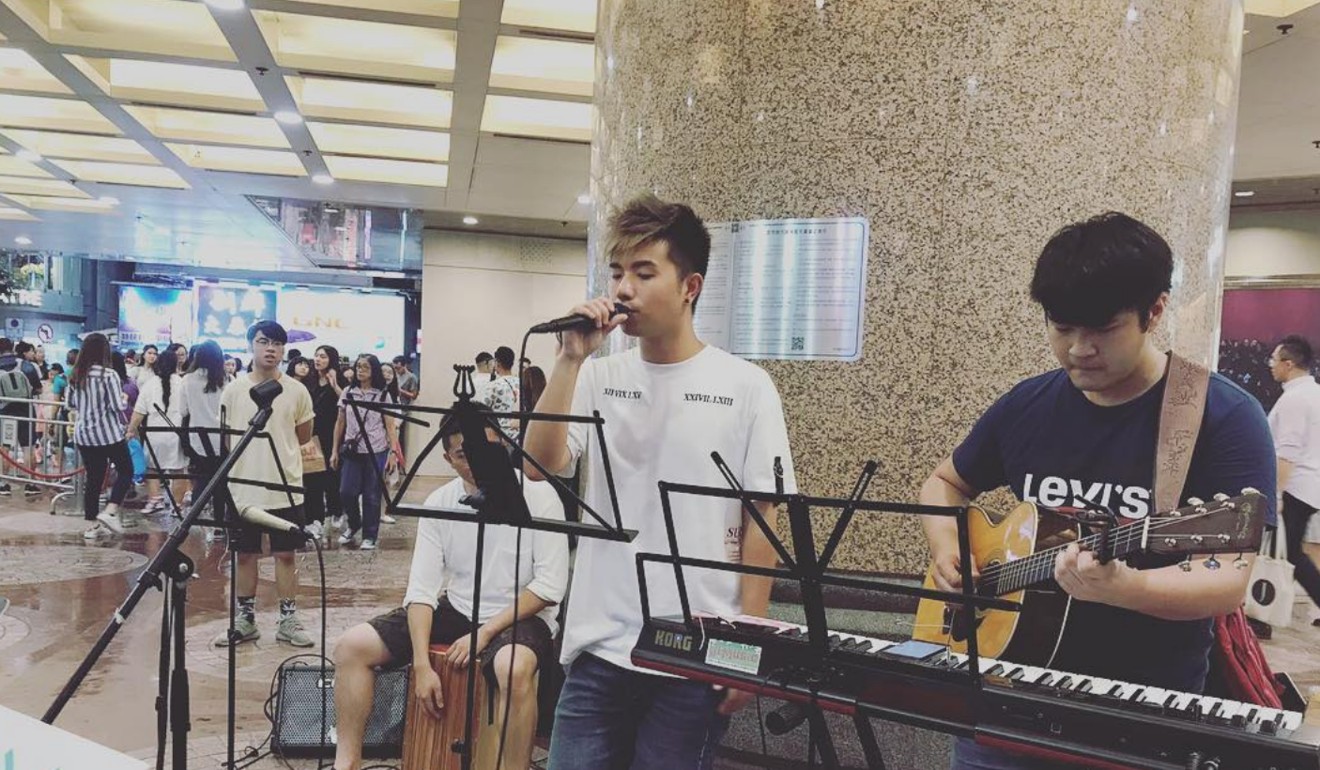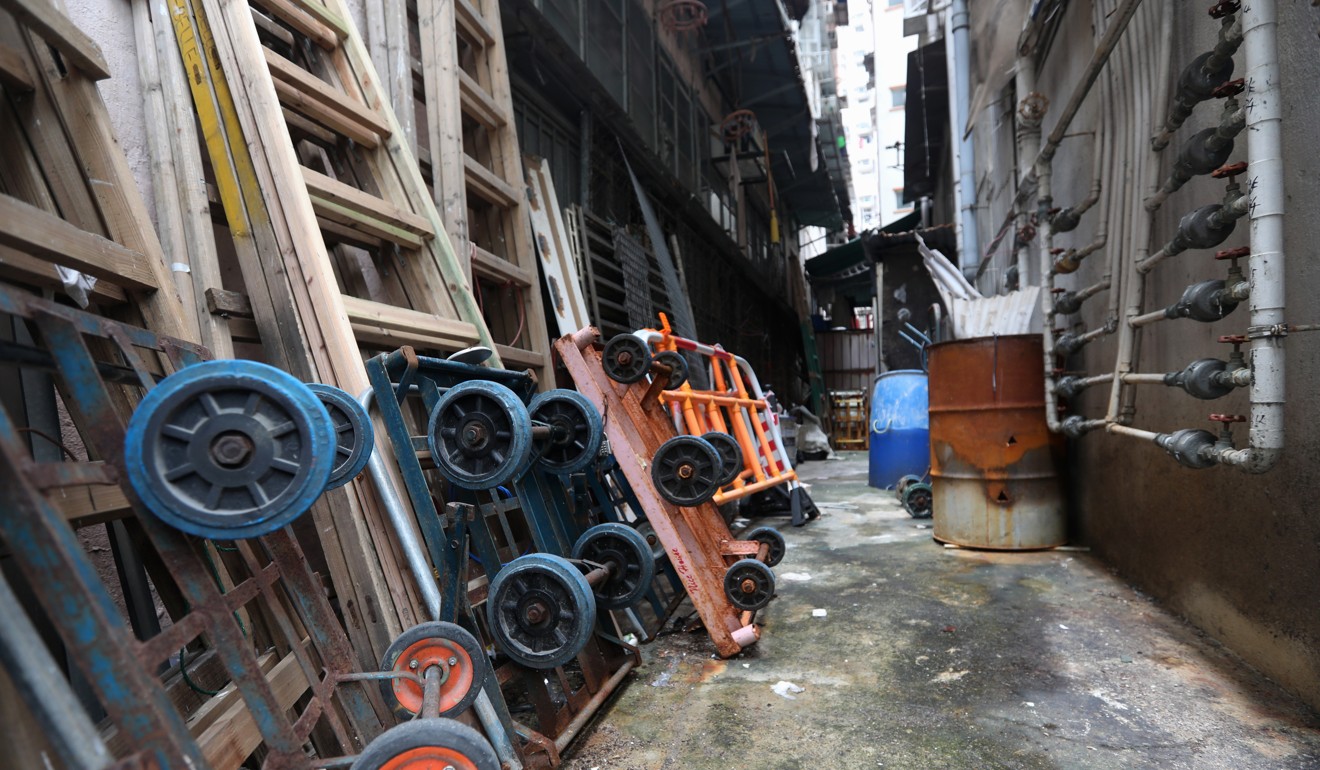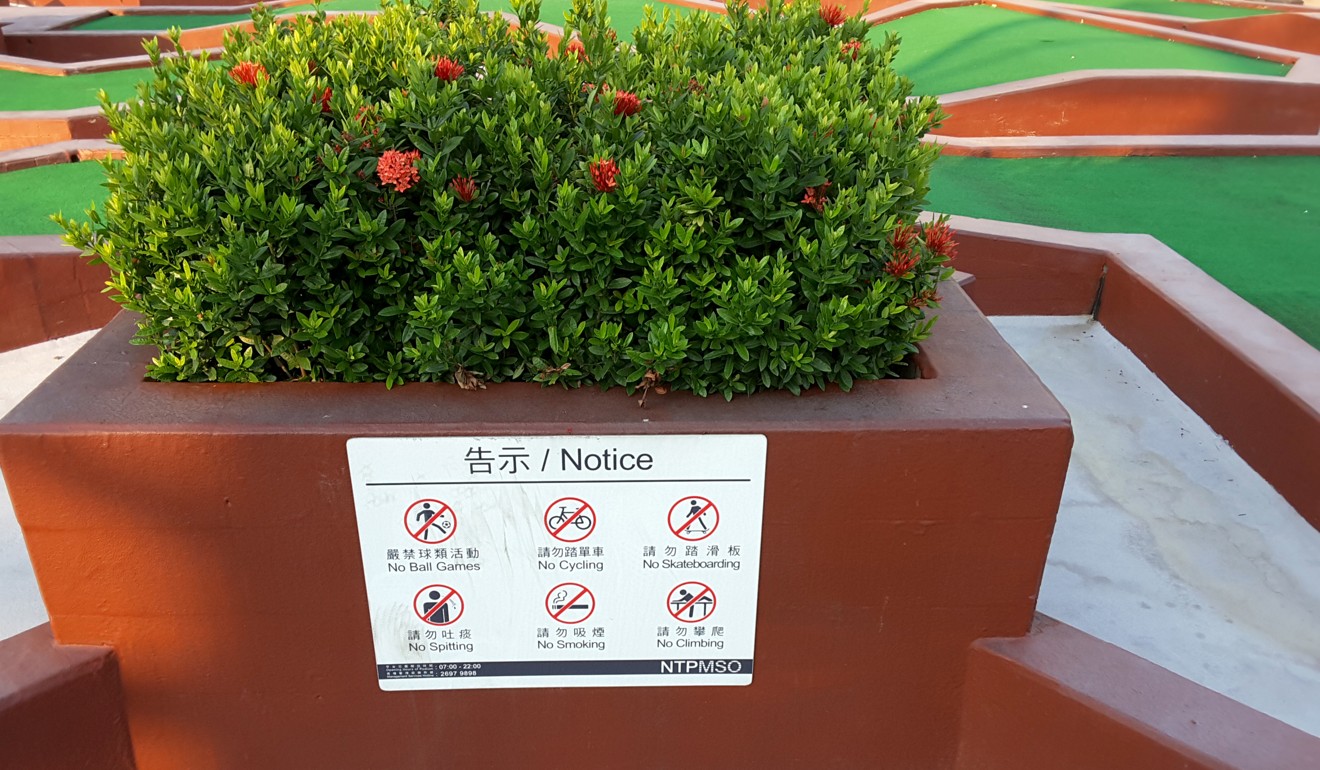
Times Square was shining example of well-used public space in Hong Kong until it banned busking, think tank says
City has poor track record of ensuring open spaces are well managed, audit conducted by Public Space Initiative finds
Hong Kong’s Times Square mall was close to becoming a shining example of good public space management until it banned busking earlier this month, a think tank auditing privately owned open spaces across the city said.
According to one of the leading advocates for better public space planning in the city, the ban further reduced the amount of open space in private hands where buskers can perform.
The Public Space Initiative, which audited 93 privately owned open spaces across the city between June and September, gave the Post a preview of its preliminary findings.
There are some 1,300 facilities or open spaces for public use in private developments in the city, required under lease with the Lands Department, or under deeds of dedication with the Buildings Department.

“When we talk about privately owned public spaces, we often quote overseas examples,” group director William Sin Hua-leung said. “One of the purposes of our audit is to identify good local examples for other places to follow.
“We thought Times Square was one of the more successful cases because it turned a bland public walkway into a landmark for allowing busking. But then all of a sudden, it’s gone.”
On October 5, the High Court approved the Causeway Bay mall’s request to ban street performance at its bustling ground-floor piazza and open walkways. The ban will be effective until another court case between the mall and a group of buskers is resolved.
Annoying Hong Kong buskers must face the music
The provision of the 32,500 sq ft open space to the public for “pedestrian passage and passive recreation” is required in a 1992 deed of dedication between the mall and the government. In return, the mall was granted extra commercial floor area of about 237,000 sq ft.
It is not unusual for developers to gain benefits for providing open spaces, such as those being exempted from the developments’ permitted floor area or bonus floor area to the developments.
The social concern over privately owned public spaces began in 2008, when Times Square was found to have forbidden people from sitting or lingering in its open space, and to have run profit-making activities in it.
Public Space Initiative’s audit marks the 10th anniversary of the scandal.

The study looked at four key criteria for rating a privately owned public space: accessibility, environment and facilities, the rate of public use, and whether the space encouraged social exchanges.
Generally, Sin said, while most audited spaces were open to the public, only about one-third had clear signs in obvious places leading people to those spaces.
About half provided sufficient shelter against Hong Kong’s rainy or scorching weather, while only about 20 per cent facilitated social activities by providing enough seating areas and employing good design that brought users together, he said.
Sin said most audited spaces did not encourage activities involving physical movement, confining users to mainly sitting. He said this was clearly for easy management to avoid accidents or chaos.
Although the study did not specifically look into busking, Kathy Ip Tsz-ying, the think tank’s secretary general, said “very few” privately managed spaces allowed the activity.
Buskers from Mong Kok driven out of Tsim Sha Tsui by angry Hong Kong protesters
“Busking is particularly beneficial in terms of promoting social interchanges,” Ip said. “It’s a pity to see there is no space for this activity.”
One special case identified by the study is the New Town Plaza mall in Sha Tin, which has public landscaped roofs and recreational facilities – required under lease – at its basement as well as on levels three, five, seven and nine.
“It is rare for any private developments in Hong Kong to feature so many public spaces under one roof,” Ip said.
But there is no signage regarding these spaces inside the shopping centre, and no access to the space on the ninth floor through the covered shopping areas.
Aside from a free theme park called Snoopy’s World on the third floor, and a water fountain on the seventh, other public spaces such as an area for mini golf, ball games, and a large outdoor seating area were underused during a Post visit.

There are notices at these spaces telling people they are banned from eating, running, playing sport, games, or even wearing high heels in the area.
One of the audited spaces rated the worst was on the ground floor of Shun Lee Mansion in Yau Ma Tei. The space looked like a dirty back alley when the Post visited. Part of it was locked from the public. The building’s management office could not be reached for comment, while a New Town Plaza spokesman said the mall had been reviewing its facilities and services regularly and would “actively enhance the shopping environment”.
Ip said although the government had guidelines on how to design and manage public spaces in private development, there were no regulations requiring developers to follow them.
She added that lease and deed of dedication did not set out detailed design or management requirements, leaving private managers largely free to do whatever they wanted.
She said the think tank would organise a symposium in November, inviting the government and various sectors to discuss how to improve the management of privately owned public spaces.
“The policy intention of providing public spaces in private developments is good,” Ip said. “It sets out to provide a variety of open spaces besides those under the government with dull, standard design. But there is no follow-up regulations on the execution and management of privately owned public spaces.”

